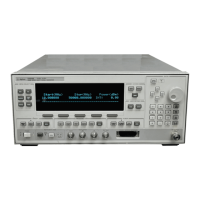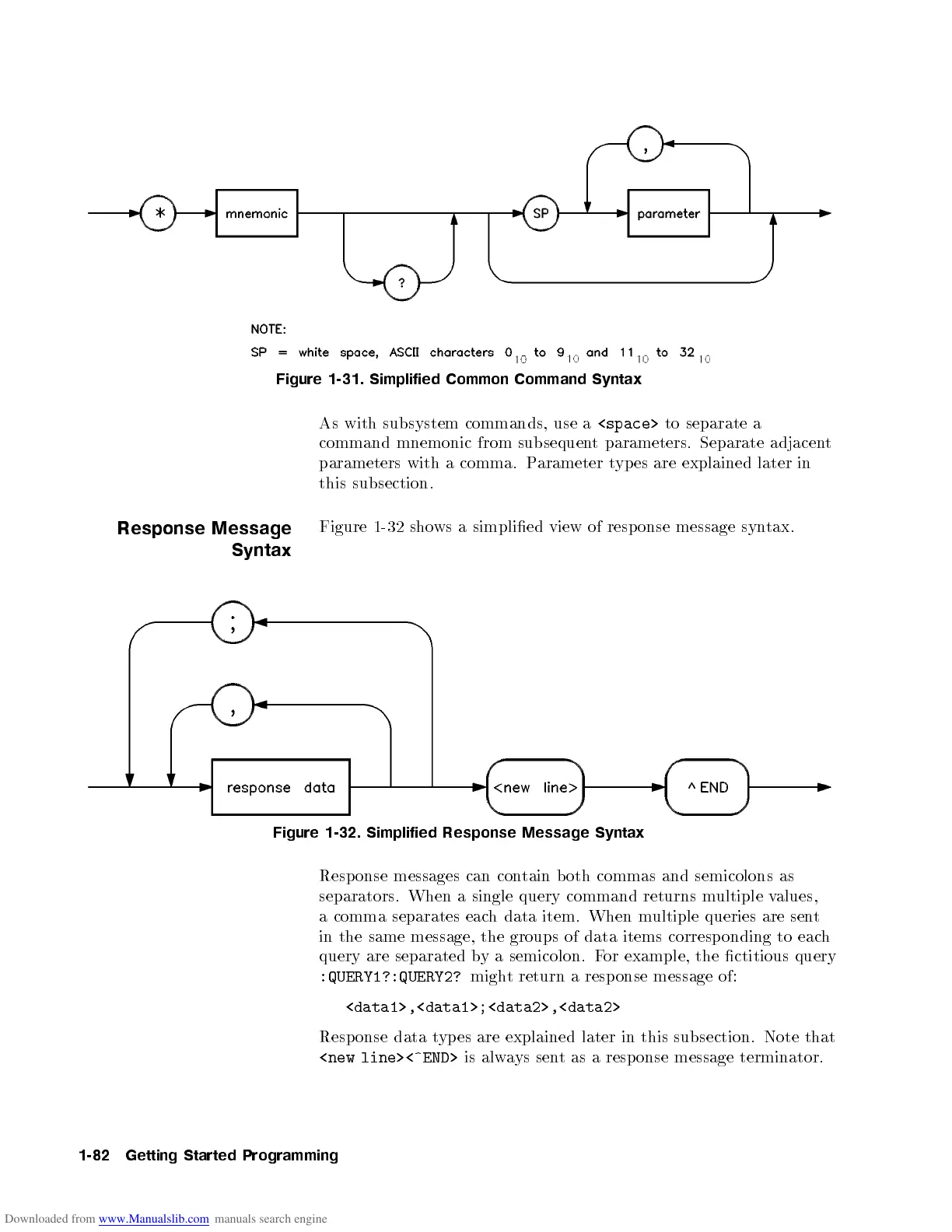Figure 1-31. Simplified Common Command Syntax
As with subsystem commands, use a
<space>
to separate a
command mnemonic from subsequent parameters. Separate adjacent
parameters with a comma. P
arameter types are explained later in
this subsection.
Response Message
Syntax
Figure 1-32 shows a simplied view of response message syntax.
Figure 1-32. Simplified Response Message Syntax
Response messages can contain b oth commas and semicolons as
separators. When a single query command returns multiple values,
a comma separates each data item. When multiple queries are sent
in the same message, the groups of data items corresp onding to each
query are separated by a semicolon. For example, the ctitious query
:QUERY1?:QUERY2?
might return a response message of:
<data1>,<data1>;<data2>,<data2>
Response data types are explained later in this subsection. Note that
<new line><^END>
is always sent as a response message terminator.
1-82 Getting Started Programming

